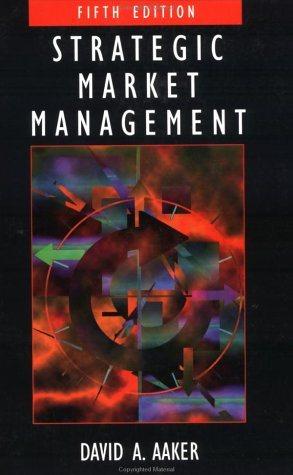Question
1. Winslow purchased inventory on account, $4,500, 2/10, n/30. Account Debit: Credit: 2. Direct materials were requisitioned into manufacturing, $2,500. Account Debit: Credit: 3. Some

1.
Winslow purchased inventory on account, $4,500, 2/10, n/30.
| Account | ||
| Debit: | ||
| Credit: |
|
2.
Direct materials were requisitioned into manufacturing, $2,500.
| Account | ||
| Debit: | ||
| Credit: |
|
3.
Some of the inventory previous purchased was returned, $500.
| Account | ||
| Debit: | ||
| Credit: |
|
4.
Depreciation on manufacturing equipment was recorded, $750.
| Account | ||
| Debit: | ||
| Credit: |
|
5.
For this business event there are three necessary accounts, please list the debit(s) first, then list the credit(s). If there are multiple debits, list the debit with the largest dollar value FIRST among the debits. Do likewise if there are multiple credits.
You must also specify the amount on this transaction. Please DO NOT use any dollar signs, commas, or decimals in your number (e.g., the largest amount in this transaction would be 3000).
Labor costs totaled $3,000. Of the total, direct labor represented $2,000 and the remainder was indirect. The wages will be paid next month.
| Account | Amount | |
| Account: | ||
| Account: | ||
| Account: |
6.
For this business event there are three necessary accounts, please list the debit(s) first, then list the credit(s). If there are multiple debits, list the debit with the largest dollar value FIRST among the debits. Do likewise if there are multiple credits.
You must also specify the amount on this transaction. Please DO NOT use any dollar signs, commas, or decimals in your number (e.g., the largest amount in this transaction would be 4000).
Received cash in payment on a customer account within the agreed upon discount period. The customer was originally charged $4,000 and the discount rate was 1%.
| Account | Amount | |
| Account: | ||
| Account: | ||
| Account: |
7.
For this business event there are three necessary accounts, please list the debit(s) first, then list the credit(s). If there are multiple debits, list the debit with the largest dollar value FIRST among the debits. Do likewise if there are multiple credits.
You must also specify the amount on this transaction. Please DO NOT use any dollar signs, commas, or decimals in your number (e.g., the largest amount in this transaction would be 4000).
An inventory purchase was paid with cash within the discount period. The amount owed was $4,000 and the discount rate was 2%.
| Account | Amount | |
| Account: | ||
| Account: | ||
| Account: |
8.
During the period manufacturing was completed on $3,500 worth of inventory.
| Account | ||
| Debit: | ||
| Credit: |
|
9.
Overhead was allocated based on the predetermined overhead rate, $1,200.
| Account | ||
| Debit: | ||
| Credit: |
|
10.
For this business event there are two separate transactions that must be recorded. You must also specify the amount for each account. Please DO NOT use any dollar signs, commas, or decimals in your number (e.g., the total price in this transaction would be 4000).
Sold customers products on account, the total price was $4,000 and the terms were 1/10, n/45. The products originally cost Winslow $2,000.
Please record the transaction for the sales price.
| Account | Amount | |
| Account: | ||
| Account: |
Please record the transaction for the product costs.
| Account | Amount | |
| Account: | ||
| Account: |
Instructions JOURNAL ENTRIES: The chart of accounts given below, in random order, is used by Winslow Company, a manufacturer of widgets. Each account is to be identified with its letter combination. Instructions: Indicate the appropriate entries for the following transactions by placing the appropriate identification letters in the appropriate blanks to complete each of the journal entries. If a business event does not require an accounting transaction, use T (No transaction recorded) for both the requested debit and credit A Cash Finished Goods M Inventory o Utilities Expense B Accounts Payable Salaries and Wages G Expense H Accounts Receivable Manufacturing Equipment Work in Process J Inventory C Depreciation Expense - P Sales Discount D Cost of Goods Sold R Raw Materials Inventory Accumulated Depreciation E Supplies K Sales Revenue S F Manufacturing Overhead L Salaries and Wages Payable I No Account Necessary Complete each transaction by listing only the capital letter assigned to each account (e.g., A = Cash)
Step by Step Solution
There are 3 Steps involved in it
Step: 1

Get Instant Access to Expert-Tailored Solutions
See step-by-step solutions with expert insights and AI powered tools for academic success
Step: 2

Step: 3

Ace Your Homework with AI
Get the answers you need in no time with our AI-driven, step-by-step assistance
Get Started


